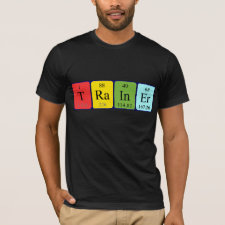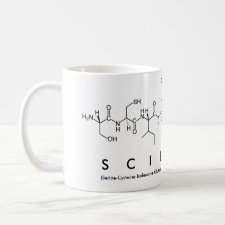
Authors: Kamon Y, Matsuura R, Kitayama Y, Ooya T, Takeuchi T
Article Title: Precisely controlled molecular imprinting of glutathione-s-transferase by orientated template immobilization using specific interaction with an anchored ligand on a gold substrate.
Publication date: 2014
Journal: Polymer Chemistry
Volume: 5
Issue: (16)
Page numbers: 4764-4771.
DOI: 10.1039/C4PY00350K
Abstract: We demonstrate a novel synthetic route for molecularly imprinted polymer (MIP) thin films using a bottom-up approach utilizing protein-ligand specific interactions. The ligand was anchored on a gold substrate and served to (i) orient the immobilized target protein for precise formation of homogeneous binding cavities and (ii) act as a binding site with high affinity and selectivity on the MIP thin films after release of the immobilized protein. The MIP thin films were synthesized by controlled/living radical polymerization (CLRP), which allowed for precise control of the film thickness to optimize binding performance. A mixed self-assembled monolayer comprising anchored maleimide groups and bromoisobutyryl groups was constructed on a gold substrate: the former oriented the immobilization of the target protein and the latter initiated CLRP. The chosen model target protein and ligand were glutathione-s-transferase-π (GST-π) and glutathione (GSH), a protein-specific ligand to GST-π. The obtained MIP thin films of precisely controlled film thickness exhibited high affinity toward the target protein compared to non-imprinted polymer (NIP) thin films. Protein binding selectivity was investigated using a selectivity parameter (α) calculated by surface plasmon resonance response with reference proteins, human serum albumin (HSA) and fibrinogen (FIB). The results indicated that the MIP film thickness affects the protein binding selectivity: a polymer thickness of approximately 15 nm gave more selective protein binding (selectivity parameter for α(HSA) = 0.09 and for α(FIB) = 0.30). Furthermore, we clarified that a more hydrophilic polymer matrix in the presence of NaCl gave more selective binding of GST-π. Our findings show that this bottom-up synthetic route has potential for facilitating the fabrication of highly specific MIPs as artificial protein recognition materials
Template and target information: protein, glutathione-s-transferase-π, GST-π



Join the Society for Molecular Imprinting

New items RSS feed
Sign-up for e-mail updates:
Choose between receiving an occasional newsletter or more frequent e-mail alerts.
Click here to go to the sign-up page.
Is your name elemental or peptidic? Enter your name and find out by clicking either of the buttons below!
Other products you may like:
 MIPdatabase
MIPdatabase









